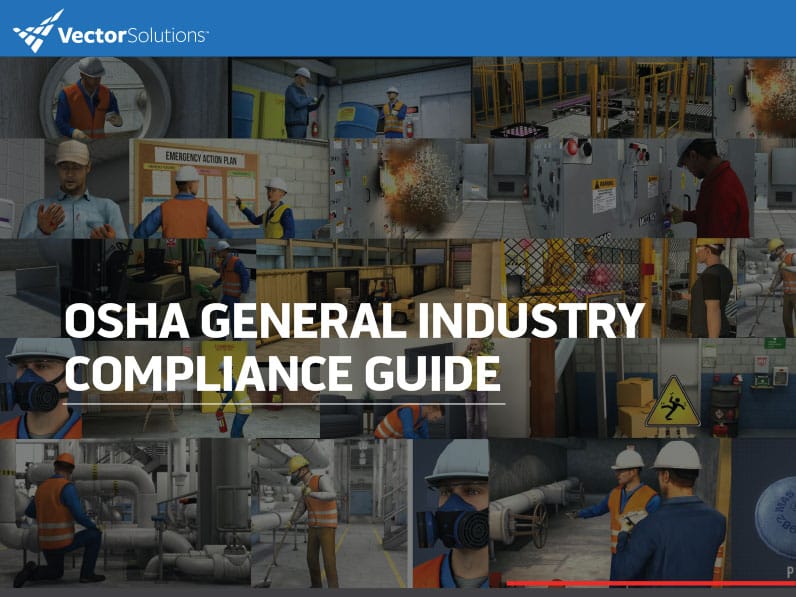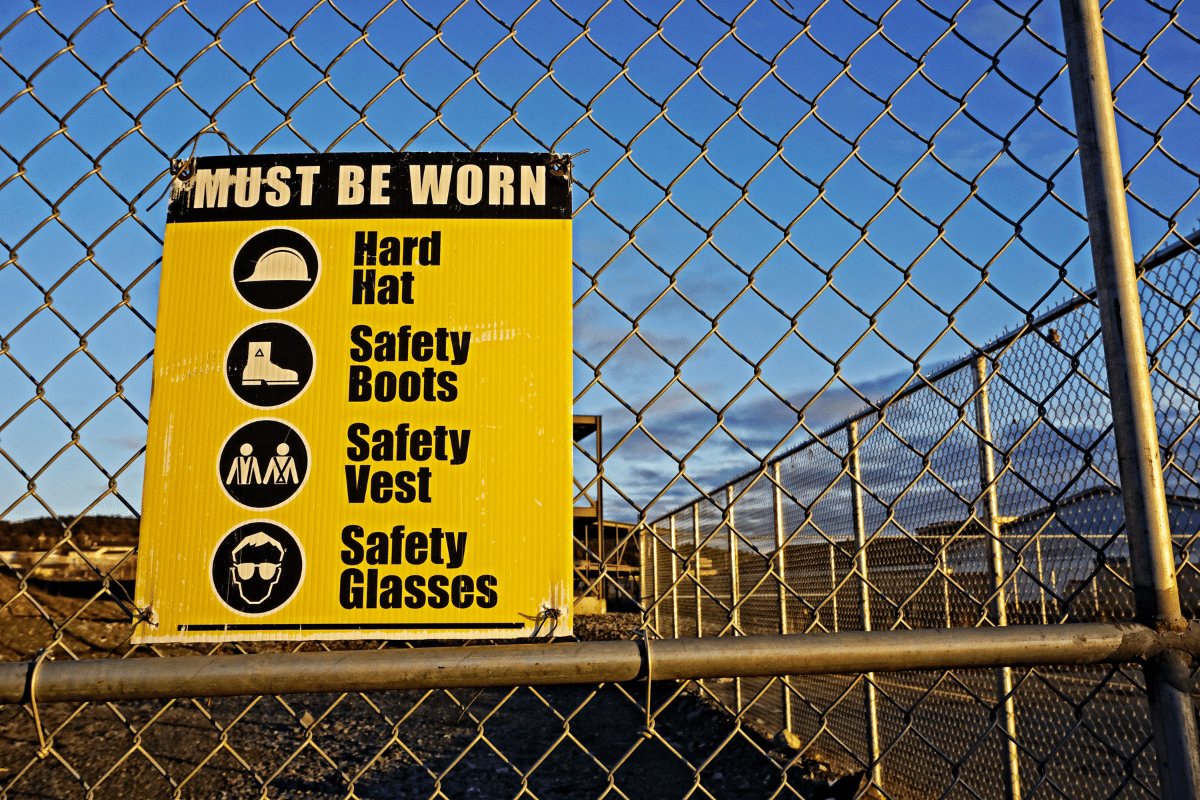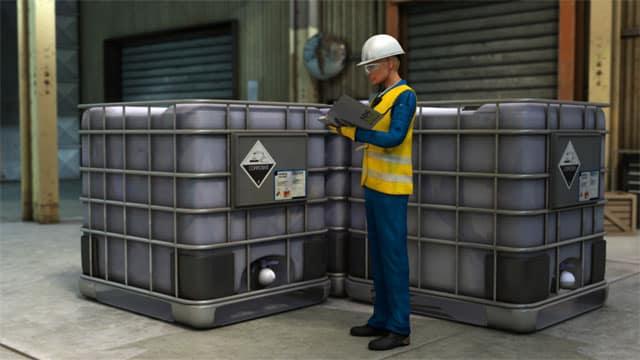July 30, 2018 2 min read
OSHA Basics: OSHA’s Part 1910 General Industry and Part 1926 Construction Standards
Industry:
Solution:

In this part of our OSHA Basics series of article, we’re going to quickly explain to you what OSHA’s 1910 standards for general industry and 1926 standards for construction are.
If this sounds like something you’d like clarification on, continue reading.
And know that this is just one article in a series of OSHA Basics articles we’ve been writing that cover basic OSHA concepts such as the General Duty Clause, Incorporation by Reference, and more. We’ve got links for other articles in this series at the bottom of this blog.

Vector EHS Management Software empowers organizations – from global leaders to local businesses – to improve workplace safety and comply with environmental, health, and safety regulations.
Learn more about how our software can save you valuable time and effort in recording, tracking, and analyzing your EHS activities.
Learn more about how we can help:
- Incident Management Software →
- EHS Inspection Software →
- Key Safety Metrics Dashboard →
- Learning Management System (LMS) and Online Training Courses →
- Mobile Risk Communication Platform
Download our EHS Management Software Buyer’s Guide.
OSHA’s 1910 General Industry and 1926 Construction Standards
OSHA’s 1910 standards apply to employers in many industries. They’re what’s commonly known as horizontal standards.
But the 1926 standards apply to employers in construction. OSHA standards that apply to specific industries like this are known as vertical standards.
Although we’re going to focus on the general industry and construction standards in this article, know that OSHA has other industry-specific standards in addition to the one for construction, including the 1915 shipyard standards, the 1917 marine terminals standard, the 1918 longshoring standards, the 1928 agriculture standards, and several “special industry” standards in 1910 Subpart R.
The 1910 General Industry Standards
As OSHA explains it:
OSHA uses the term “general industry” to refer to all industries not included in agriculture, construction or maritime. General industries are regulated by OSHA’s general industry standards, directives, and standard interpretations.
You can find the 1910 general industry standards here.
For more on general industry compliance, check out these articles:
OSHA General Industry Compliance Guide
Compliance guidelines for the OSHA 1910/general industry standards.
Yes! I Want the Guide!
The 1926 Construction Standards
OSHA’s 1926 standards apply to employers in the construction industry.
As OSHA puts it:
Construction is a high hazard industry that comprises a wide range of activities involving construction, alteration, and/or repair. Examples include residential construction, bridge erection, roadway paving, excavations, demolitions, and large scale painting jobs. Construction workers engage in many activities that may expose them to serious hazards, such as falling from rooftops, unguarded machinery, being struck by heavy construction equipment, electrocutions, silica dust, and asbestos.
You can find the 1926 construction standards here.
Conclusion: The 1920 General Industry & 1926 Construction Standards of OSHA
If you enjoyed this “OSHA Basics” article on OSHA’s 1910 standards for general industry and 1926 standards for construction, you may also want to check out some of the following articles:
- OSHA Basics: Letters of Interpretation
- OSHA Basics: OSHA’s Consultation Services
- OSHA Basics: OSHA Directives
- OSHA Basics: OSHA Variances
- OSHA Basics: OSHA’s Vertical and Horizontal Standards
- OSHA Basics: OSHA’s Parts 1910 and 1926
- OSHA Basics: How OSHA Standards are Named and Numbered
- OSHA Basics: Incorporation by Reference (IBR)
- OSHA Basics: The OSHA Field Operations Manual
- OSHA Basics: OSHA’s Small Business Handbook
- OSHA Basics: The General Duty Clause-5.(a)(1)
- OSHA Basics: OSHA’s Special Industry Standards in Subpart R
- OSHA Basics: The OSHA Poster
- OSHA Basics: The Competent Person Role
- OSHA Basics: OSHA Penalties
- OSHA Basics: OSHA’s Yearly Top Ten Lists (Recent Years Overview)
- This three-article series on OSHA General Industry Compliance Requirements
- This three-article series on OSHA Inspections
EHS Software Buyer's Guide
Download Now















